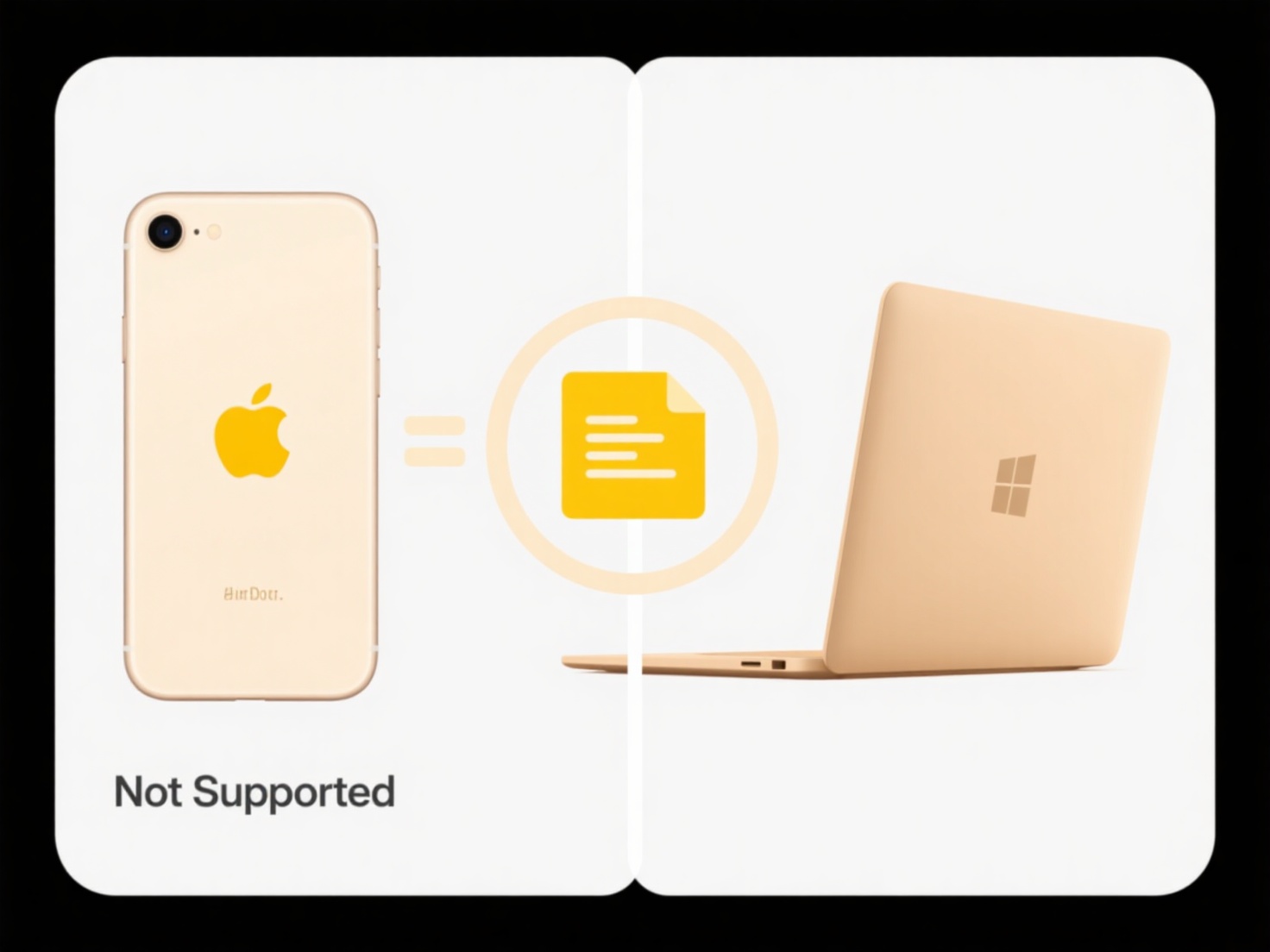
Including the date in saved file names involves structuring filenames like "ProjectSummary_2023-07-15.docx". This practice clearly marks the creation or modification date directly within the name, differentiating it from files relying solely on timestamps stored in system metadata (which requires file explorer viewing). Chronological sorting becomes more accessible as files appear sequentially when sorted alphabetically.

This strategy is widely implemented. Professionals frequently use it for document versioning ("Report_v2.1_2024-01-30.pdf") to track iterations. Industries like finance and law rely on dated filenames for archiving transaction records ("Invoice_XYZCorp_2023-11-17.xlsx") or legal case files to ensure traceability and meet compliance requirements for document histories.
Key advantages include instant visibility of file age, simplified auditing and tracking of revisions, and easier management of time-sensitive documents. However, manually adding dates can cause inconsistent formats (MM-DD-YYYY vs YYYY-MM-DD) or typographical errors. While robust file systems offer metadata search, inclusion directly in the name provides ubiquitous readability without special tools, fostering organized information management.
Should I include the date in saved file names?
Including the date in saved file names involves structuring filenames like "ProjectSummary_2023-07-15.docx". This practice clearly marks the creation or modification date directly within the name, differentiating it from files relying solely on timestamps stored in system metadata (which requires file explorer viewing). Chronological sorting becomes more accessible as files appear sequentially when sorted alphabetically.

This strategy is widely implemented. Professionals frequently use it for document versioning ("Report_v2.1_2024-01-30.pdf") to track iterations. Industries like finance and law rely on dated filenames for archiving transaction records ("Invoice_XYZCorp_2023-11-17.xlsx") or legal case files to ensure traceability and meet compliance requirements for document histories.
Key advantages include instant visibility of file age, simplified auditing and tracking of revisions, and easier management of time-sensitive documents. However, manually adding dates can cause inconsistent formats (MM-DD-YYYY vs YYYY-MM-DD) or typographical errors. While robust file systems offer metadata search, inclusion directly in the name provides ubiquitous readability without special tools, fostering organized information management.
Quick Article Links
How do I clean up empty folders?
An empty folder is a directory on your computer or storage device that contains no files, programs, or subfolders within...
Does Wisfile offer a portable version that doesn’t require installation?
Does Wisfile offer a portable version that doesn’t require installation? No, Wisfile is designed as a local applicatio...
Can I restrict search access by user or group?
Yes, search access restrictions allow administrators to control which users or groups can find and view specific informa...